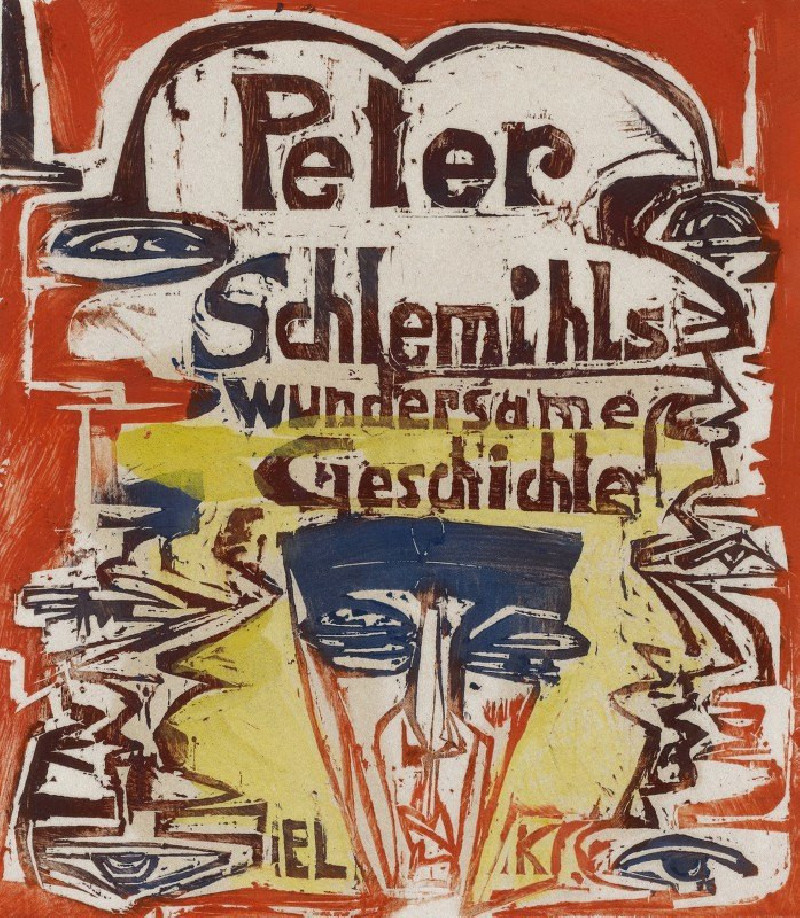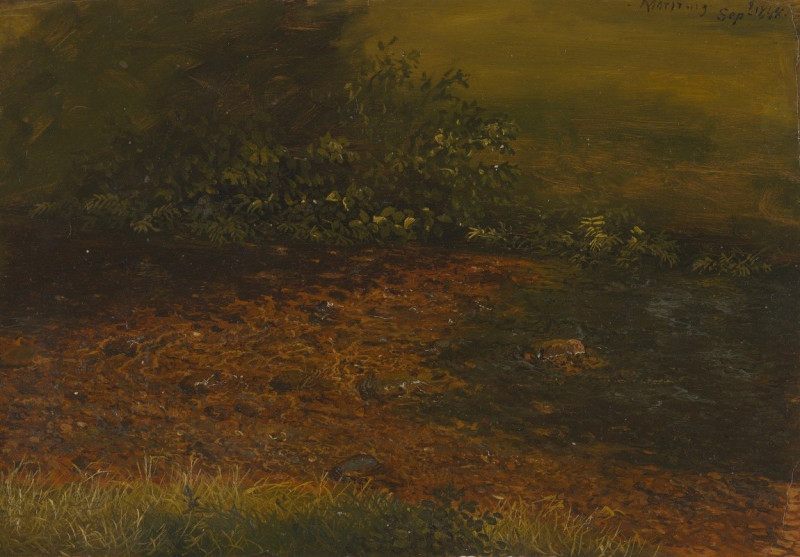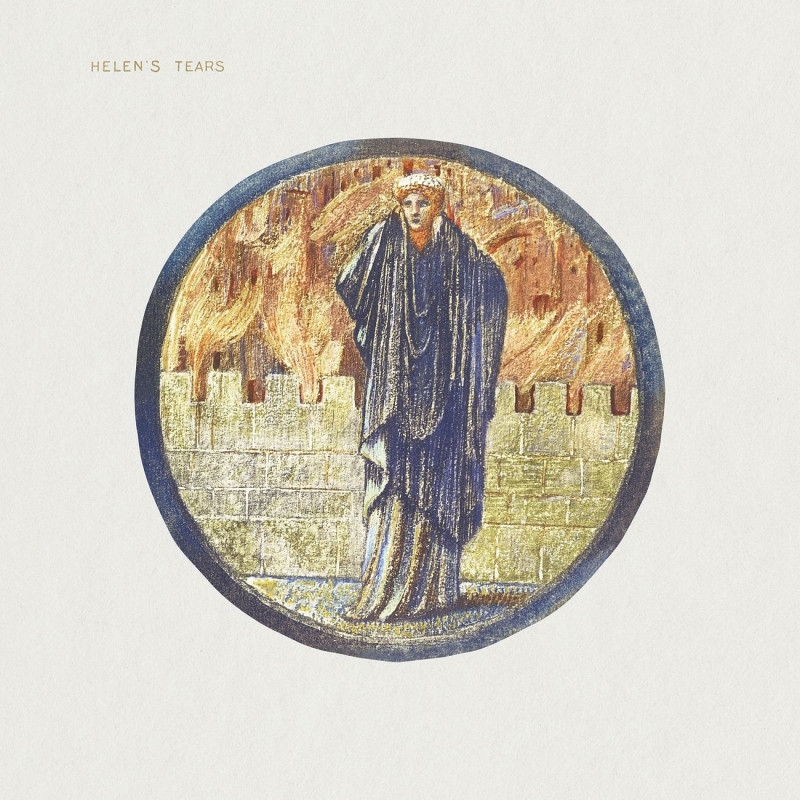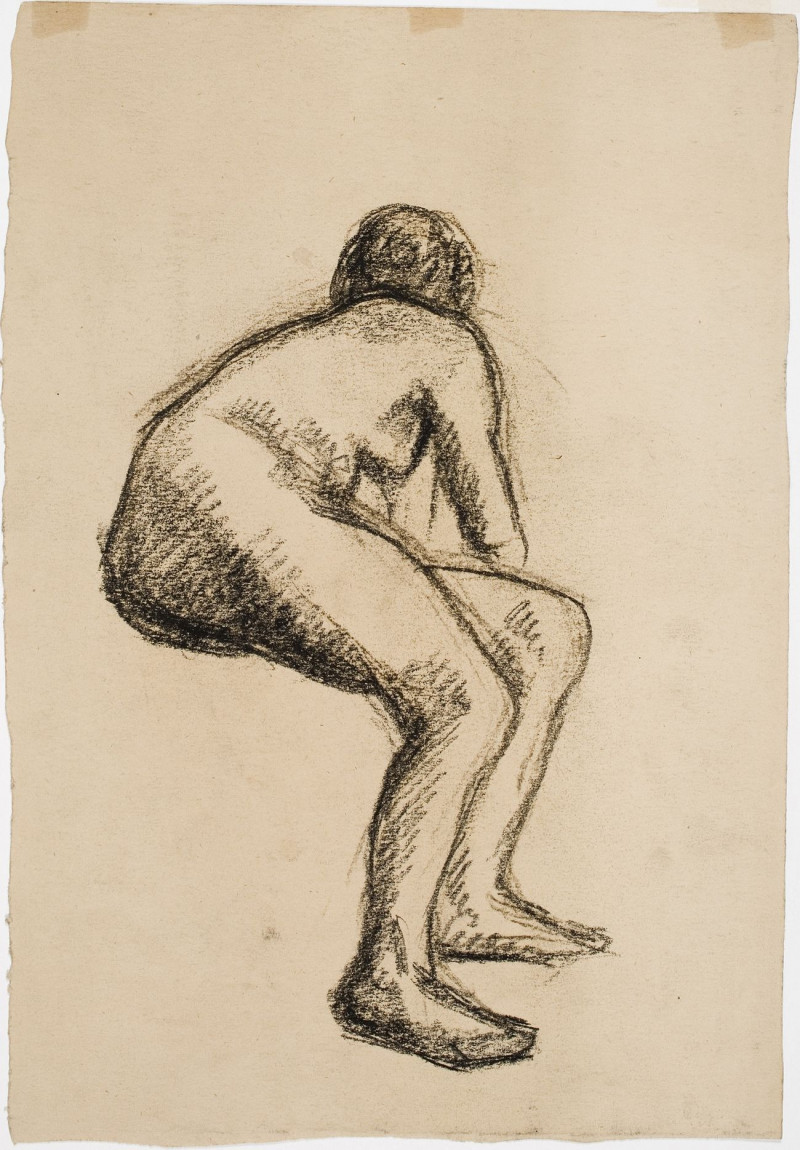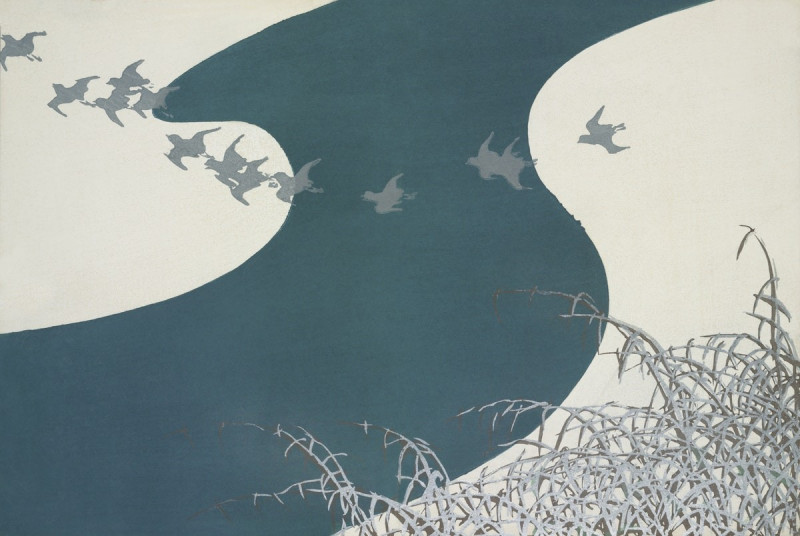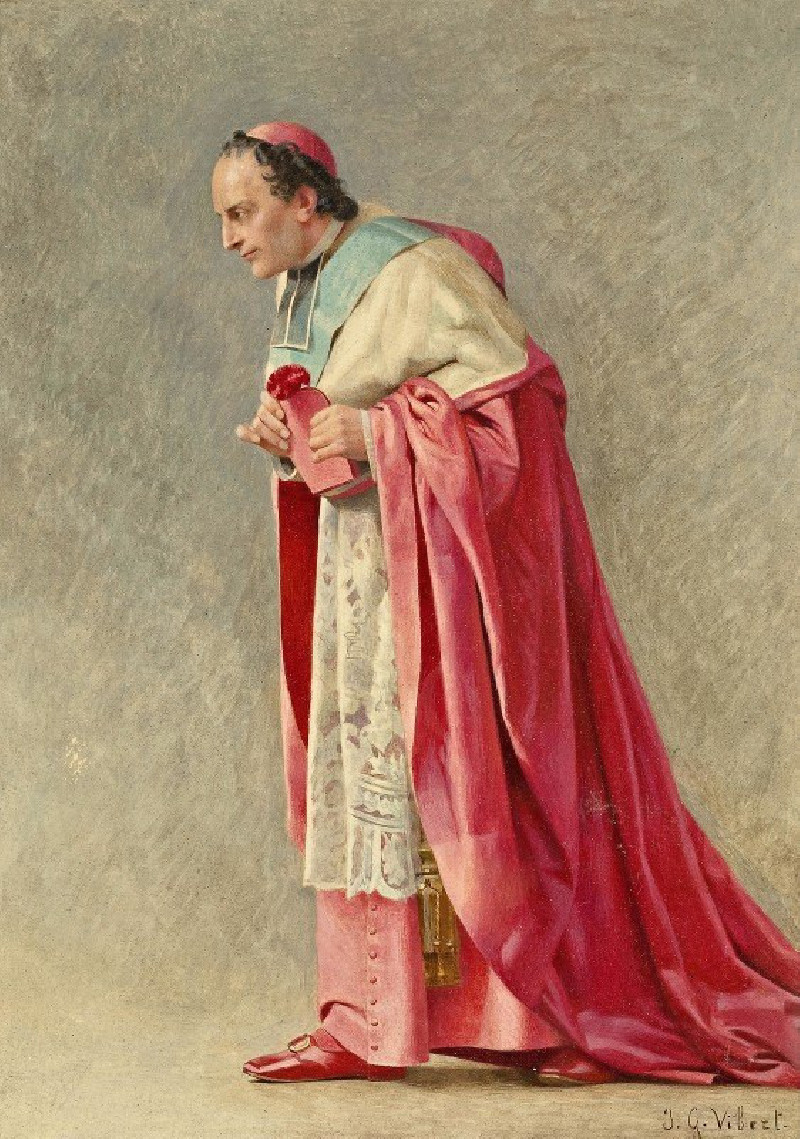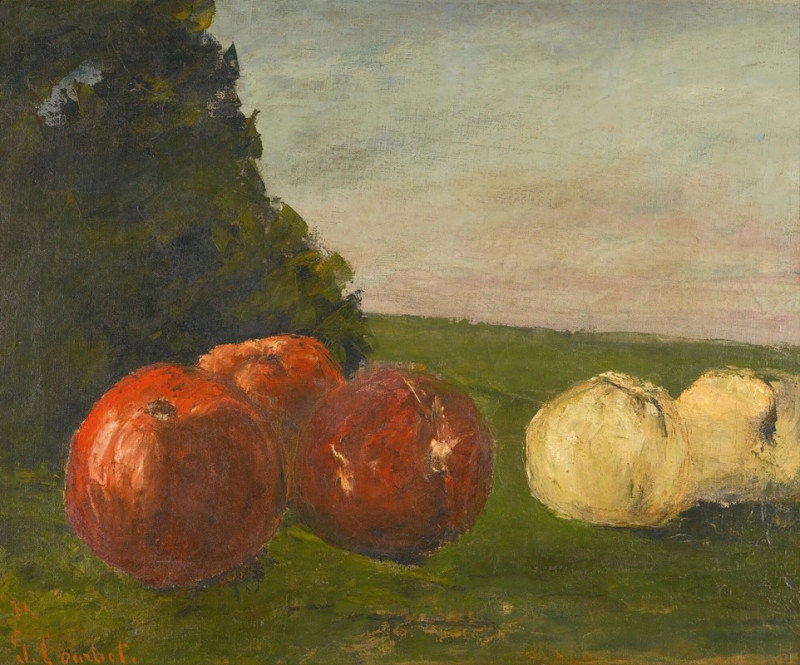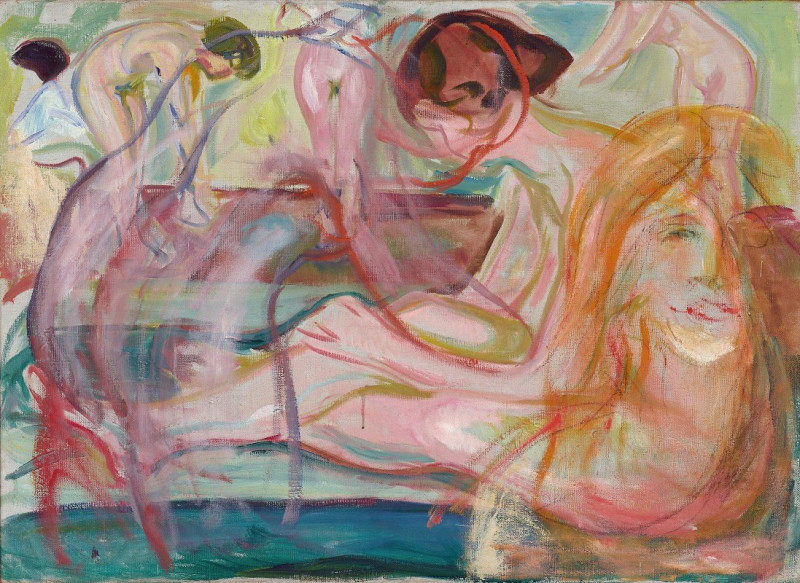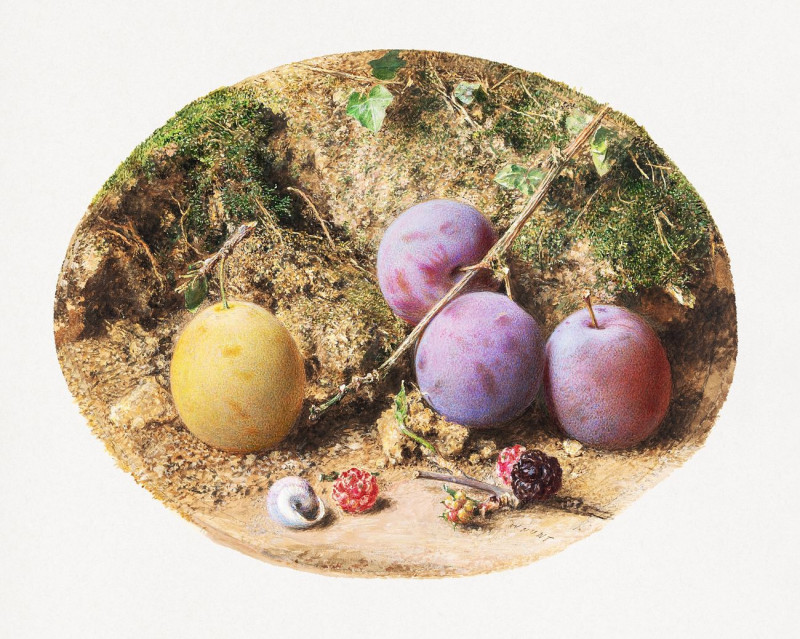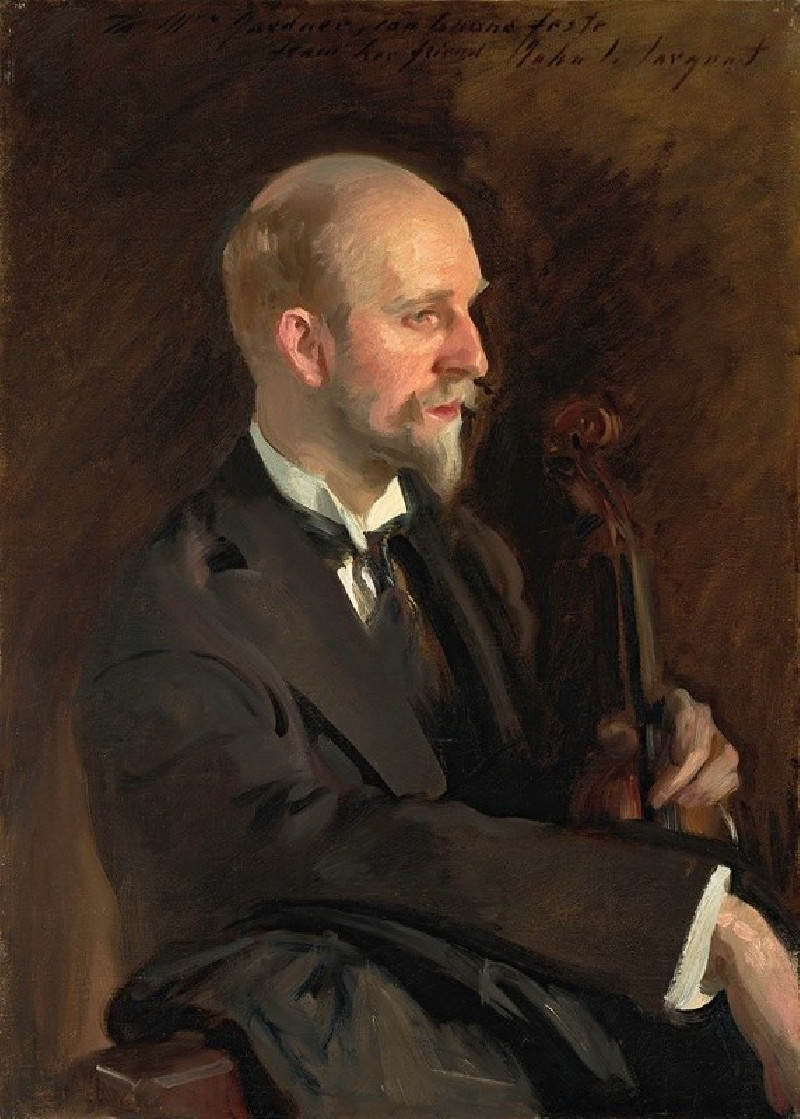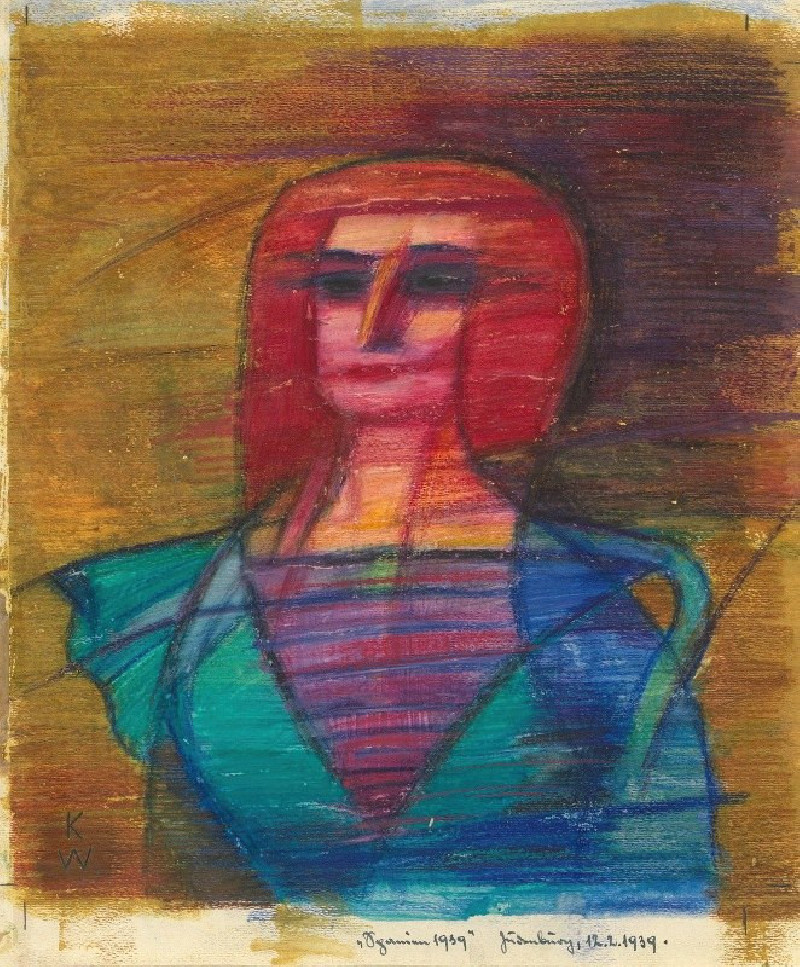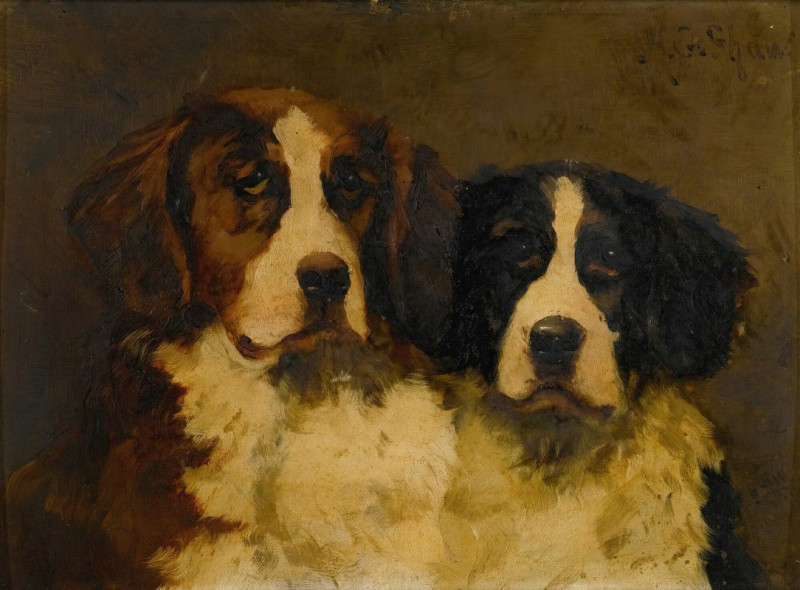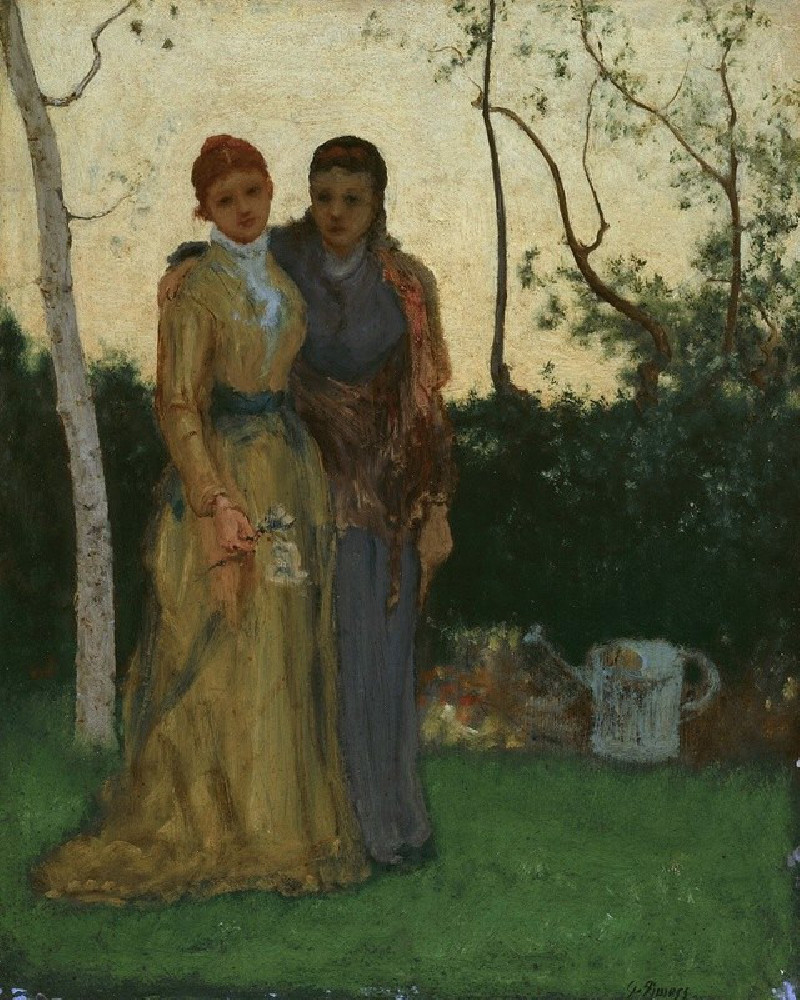Titelblatt der Holzschnittfolge zu Adelbert von Chamissos Erzählung ‘Peter Schlemihls wundersame Geschichte’ (1915)
Technique: Giclée quality print
Recommended by our customers
More about this artwork
Explore the vivid and compelling world of Ernst Ludwig Kirchner in his painting "Titelblatt der Holzschnittfolge zu Adelbert von Chamissos Erzählung 'Peter Schlemihls wundersame Geschichte'". Crafted in 1915, this incredible work serves as the cover for a series of woodcuts dedicated to Adelbert von Chamisso's phenomenal tale, "Peter Schlemihl's Miraculous Story".In this art piece, Kirchner employs a striking color palette that commands viewer attention: bold reds, deep blues, and vivid yellows all play into the vibrancy of the scene. The image compellingly conveys elements of Expressionism—a style known for its emotional intensity and powerful expressions of psychological resonances.The central composition showcases a kaleidoscope of forms and figures, intertwining to narrate the story symbolically. The text “Peter Schlemihls Wundersame Geschichte” dominates the upper register, serving as an intrinsic element of the artwork itself rather than merely an addition. Faces and eyes appear embedded within abstract shapes, reflecting the underlying themes of identity and existential contemplation in Chamisso’s narrative.Ernst Ludwig Kirchner's artwork not only captures the essence of Chamisso’s story but also expands on it through his unique stylistic approach, inviting viewers to delve deeper into the introspective exploration of self and society at the time.
Delivery
Returns
Ernst Ludwig Kirchner (1880–1938) was one of the most important German Expressionist painters. He was a co-founder of Die Brücke, a group of German expressionist artists formed in Dresden in 1905. Die Brücke and Kirchner took inspiration from Vincent Van Gogh and Edvard Munch, as well as African and Oceanic art. They used woodblock printing as a medium to showcase their signature style: flat, unrealistic images with vivid colors. The recurring themes in Kirchner's artworks included exotic cultures, faraway landscapes, self-portraits, dancers and Berlin street life. His paintings and prints effectively portrayed non-European cultures despite the fact that he never traveled outside of Europe.

